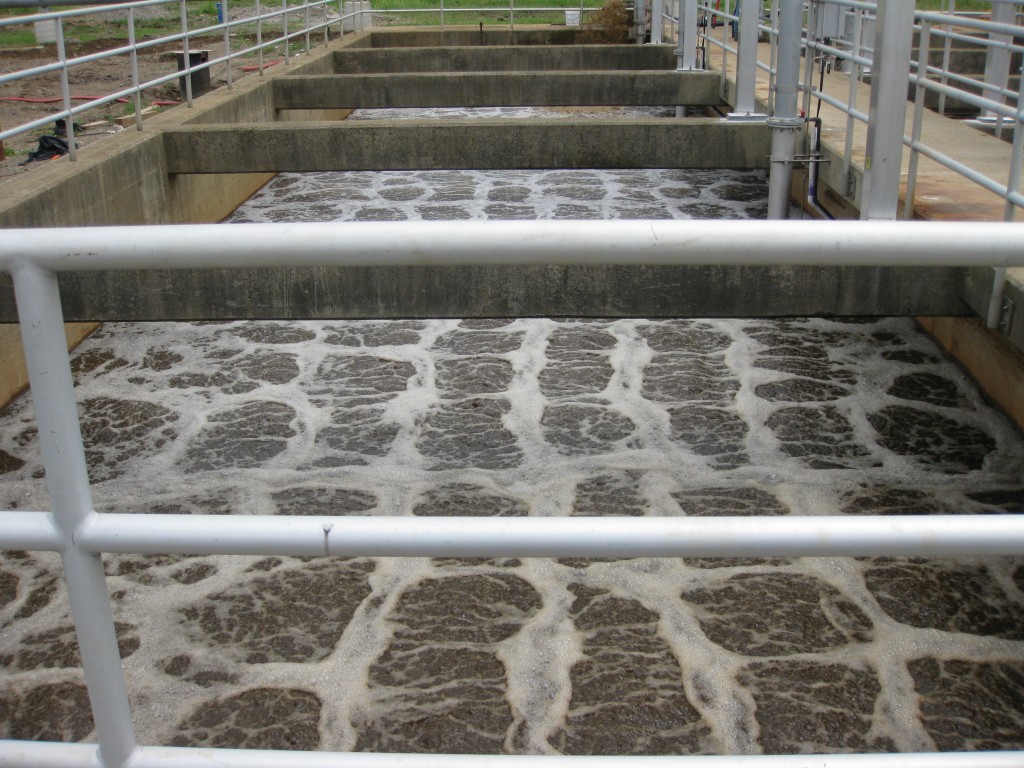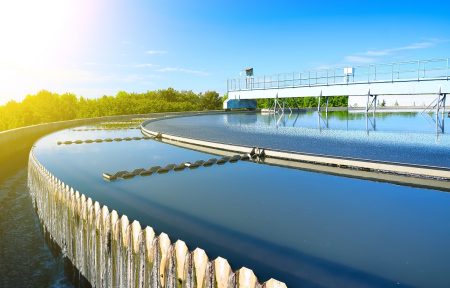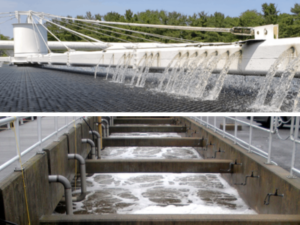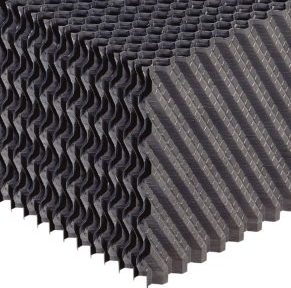We’re often asked how our AccuFAS system compares to other submerged fixed-film systems, such as MBBR and fabric media. To answer such questions, we’ve put together a summary of advantages and limitations for each technology.
MBBR
Moving-bed bioreactors are relatively mature in the industry, with over 600 installations worldwide. Because of the wealth of information from these installations, the kinetics for various processes are well understood and design parameters are well developed. While there have been issues with the technology, manufacturers and engineers have learned lessons along the way. An example issue includes poor sludge settleability, which is resolved by requiring larger clarifiers or advanced solids separation. Another issue that made headlines is media washout, solved by installing screens in the reactor basins. The retention screens prevent washout, however, they add to the already complex and expensive implementation. Screens can also introduce headloss of 2-4″ per basin and may change the plant hydraulics. The high-energy footprint caused by the coarse bubble diffusers and mixing air requirement extend expenses past the capital investment.
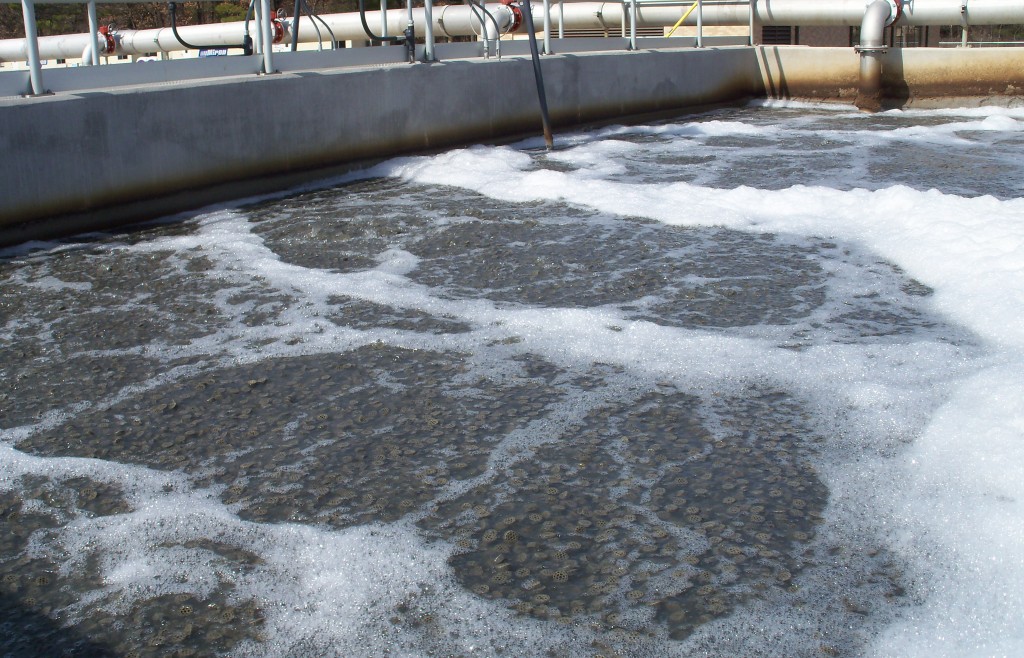
Fixed Media – Fabric
There are a number of installations of fabric media to support the technology. Fabric systems can achieve a certain extent of simultaneous nitrification and denitrification (SND) in aeration basins, yielding operating cost savings. However, the capital investment is high. The fabric is typically held in stainless steel or aluminum frames that, while easy to install, are very expensive. The largest issue we see is with the fabric itself. Brentwood entered this arena with AccuWeb, a fabric/plastic media hybrid, in 1999. While AccuWeb was effective in a number of installations, we encountered major issues with fabric in some applications. Through extensive testing, we found that fabric media is prone to red worms blooms which reduce or eliminate nitrification performance. We also found that biofilm thicknesses could not be continually controlled and required additional air scouring.
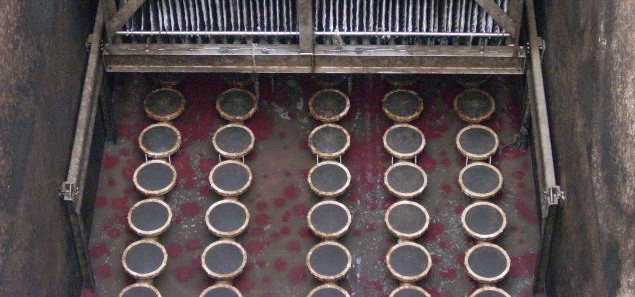
Fixed Media – AccuFAS
The AccuFAS system is based on the same, tried and true principles of trickling filters, a well-established and accepted biological treatment technology. AccuFAS media, engineered specifically for submerged applications with 2-3x more surface area, provides a surface for biofilm growth and utilizes media structure for even liquid distribution. The same media structure that evenly distributes liquid also evenly distributes airflow from energy-efficient fine bubble diffusers. The combination of vertical-flow and distribution media (VF-DM) improves water/air mixing and provides effective biofilm control. Simple installation results in lower capital cost and robust, efficient design with no media loss minimizes operating and maintenance costs. AccuFAS can also achieve a certain extent of SND under aerobic conditions and has demonstrated comparable performance to MBBR systems in BOD removal and nitrification. As with many technology advancements there are limited AccuFAS installations, however, piloting has proven effective in predicting treatment results and data from full-scale installations support the design model.
